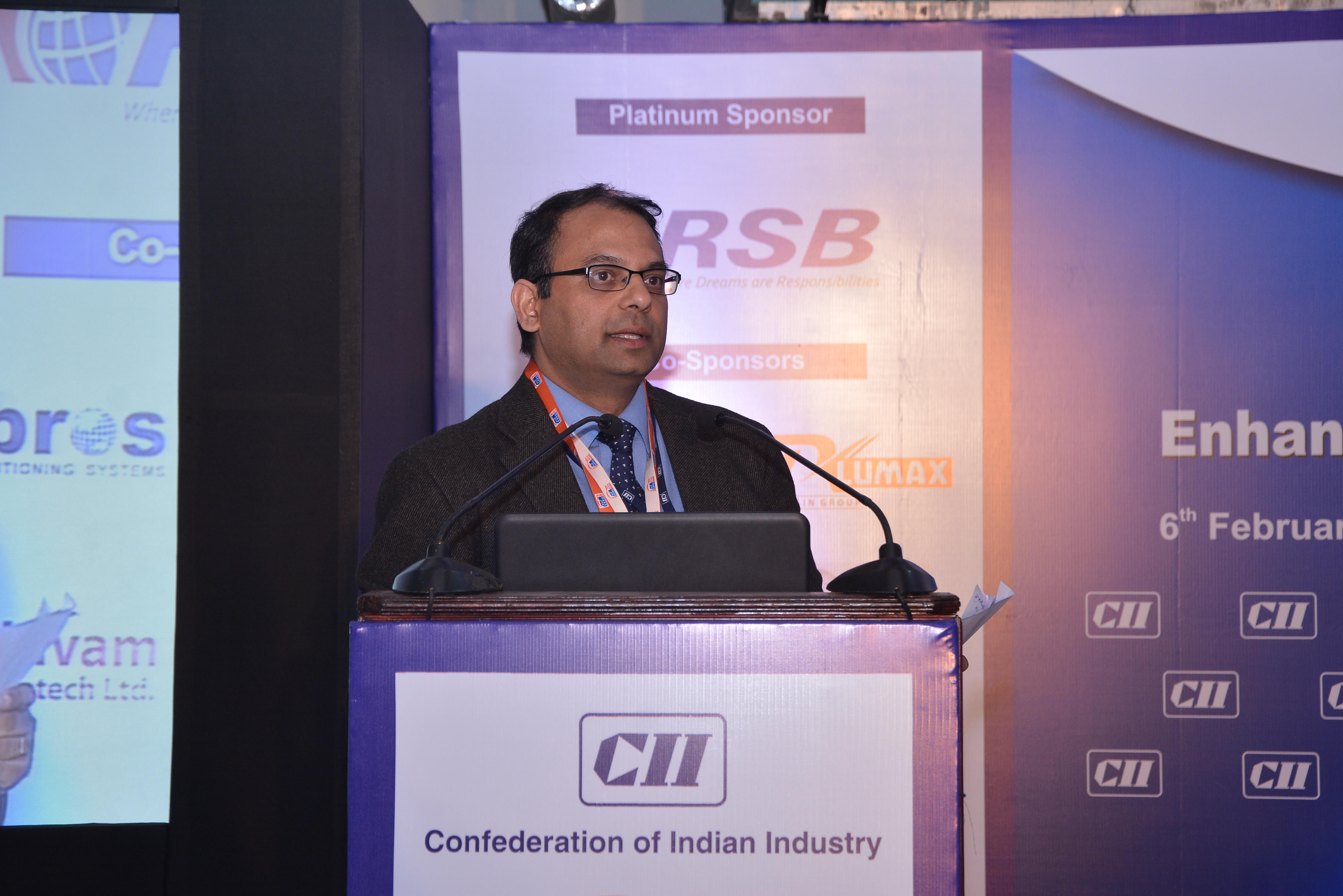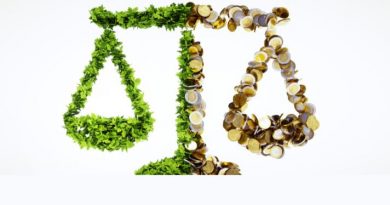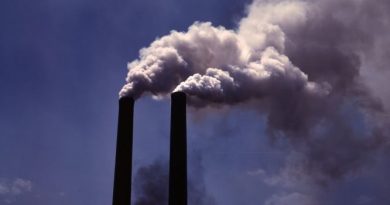“WATSCAN is facilitating smart water decisions for industries”

Going by several projections recent projections by national and international agencies, India will soon become a water scarce country. This entails all the leading consumption segments including the industries getting on a war footing mode to make the best use of the available resources. Ritwik Sinha speaks with Dr. Kapil Narula, CEO, CII-Triveni Water Institute (a center of excellence under the aegis of the apex industrial body CII) to understand the broader trends in industrial water management…
India is projected to become a water scarce country in 2020. Is the industrial sector, which has become a major consuming segment in the past ten years, rising to the reality?
With water becoming a scarce commodity, availability of water of adequate quantity and quality at affordable cost is possibly the biggest challenge faced by industries today.
Cognisant of the above scenario, industry and businesses are increasingly working towards finding sustainable water management solutions. Acknowledging water as a precious resource that must be conserved and optimally utilised, industry is making more of the little through recycling, reuse, rainwater harvesting and other means.
Do you think the industry by and large genuinely believe that water can no longer be treated as a given thing but is a precious raw material?
Promoting water use efficiency holds immense promise for curtailing the stress thereby ensuring sustainable water resource management. The awareness within the industry pertaining to optimal utilisation of water has grown manifold and industry is increasingly moving towards opportunities that conserve, reduce, reuse and recycle treated water and wastewater to ensure judicious utilisation of water resources.
Have you noticed increased investments in industrial water treatment space?
Industries today are voluntarily opting for wastewater recycling systems. Scarcity of water, rising cost of freshwater and wastewater disposal stringent pollution control norms are some of the drivers for increased adoption of water treatment segment in India.
To what extent has the cluster industrial treatment approach worked in this country? The government has been trying to push it hard.
While the cluster management approach is seen as a solution to overcome constraints associated with effluent treatment in individual industries, through treatment of combined wastewater from various industries at a lower unit cost, CETPs (Common Effluent Treatment Plants) face several challenges. These largely pertain to design and technology; flow/conveyance issues, sludge disposal; issues related to manpower and capacities, business models and management, which limit their overall benefits.
How would you explain the role of agency like yours in sensitizing the larger industry?
CII’s Center of Excellence on water and wastewater management, CII-Triveni Water Institute (CII-TWI) works towards transforming water conservation and management in India by changing the mind-set and behaviour of stakeholders at the grassroots level. It works towards sensitisation of masses on water conservation and management, adoption of strategies for managing water demands and solutions for augmenting water supply.
The Institute provides integrated solutions to water resource management through use of scientific and digital tools such as CII’s WATSCAN Tool—a unique customised world class tool that links satellite information, on ground databases and processes information (spatial and temporal) carried in millions of pixels on a GIS platform to facilitate decisions. Application of WATSCAN enables water smart decisions &intelligent water solutions.WATSCAN benefits industry in: Water Budgeting at watershed level (How much water? Where?); Siting – Infrastructure, Industries, Schemes; Monitoring & Impact evaluation; and Reducing Risks to operations.
WATSCAN helps bridge demand-supply gaps by:
- digitally identifying critical pockets/areas/ villages where intervention is needed and guiding which interventions are appropriate
- prioritizing investments and siting interventions resulting in reducing slippages in delivery by 40 – 50 %, thereby making investments effective, credible, and transparent.
- improving per hectare water availability by 35 – 45 % through resource optimization, use efficiency, NEW Water (Municipal interface), and Additional Water (Soil Moisture Conservation).
CII-TWI sensitises industry through comprehensive water audits. Through 125+ water audits undertaken by the Institute, potential water saving of about 100 billion litres has been achieved, equivalent to supplying two days drinking water to entire rural population of India. Water strategies recommended by water audits have attractive Payback and Rate of Return of < 1 year.
Analysis of water audits undertaken show that 30 – 40 % reduction in wastewater achieved through low to medium cost strategies; 40 – 60 % industrial and domestic water demand-supply gaps can easily be reduced by cost-effective measures.
CII- TWI also recognises innovative, scalable & good practices for water and wastewater management by industry. CII’s National Water Awards for Excellence in water management are conferred to some of the good work being undertaken by the industry.




